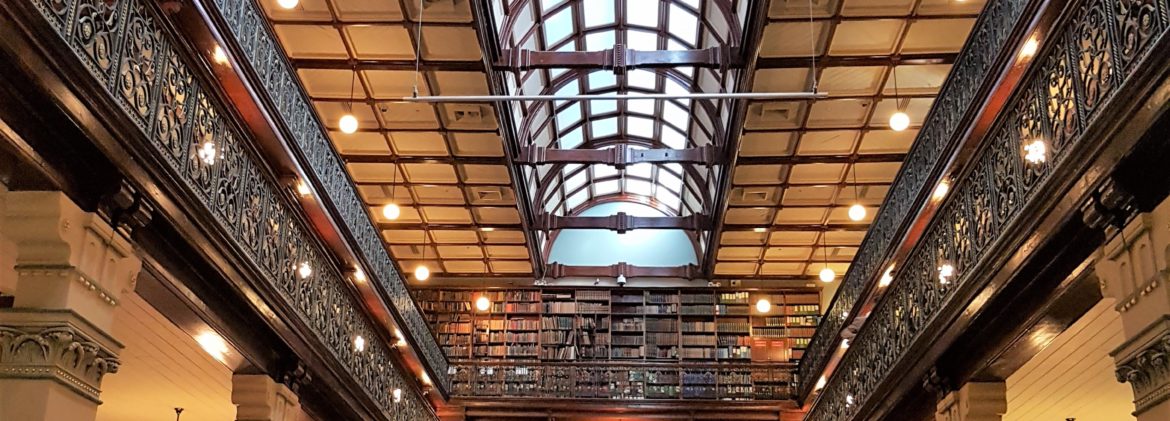3D printing: educational pilot program
In 2018 the South Australian Museum established a 3D scanning and printing project, with the aim of making specimens available as educational tools for science students and the public alike. This project is led by Museum Honorary Research Associate Kyle Armstrong.
The use of 3D printed replicas brings scientific specimens and exhibition objects literally ‘within reach’ of the public, allowing them to handle objects that are usually too small or large in size, or otherwise not suitable for handling because of their fragility or storage in preservative.
A large variety of specimens have been x-ray scanned in 3D, including key South Australian Ediacaran and megafaunal fossils, mammal, reptile and bird skulls and leg bones, groundwater-dwelling insects and Aboriginal cultural materials.
In the first year of the project, collection items were scanned with the generous support of Dr Jones and Partners (South Australian Health and Medical Research Institute), and smaller objects were scanned at Adelaide Microscopy, University of Adelaide. Printing in 3D has been undertaken by several local and overseas providers, and more recently resulted in the establishment of a relationship with Bedford Industries, who print in environmentally-friendly materials. A total of 514 3D prints have been made from 303 new scans, supporting 12 separate education and public programs within the Museum.
While the pilot program has reached its conclusion, 3D scans and prints continue to be produced and used, and a prototype scanner for whale skulls is being built by a Museum volunteer.
The pilot program was made possible through the support of the Thyne Reid Foundation.


